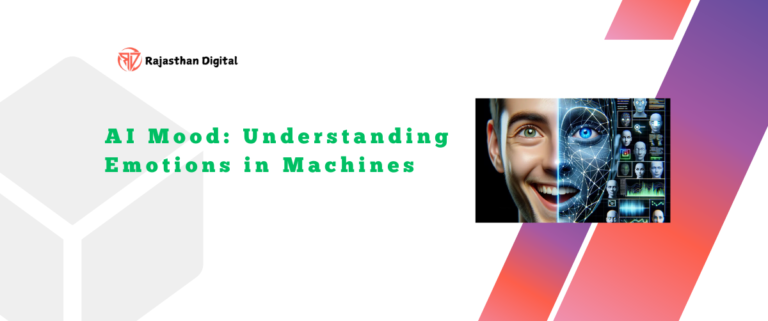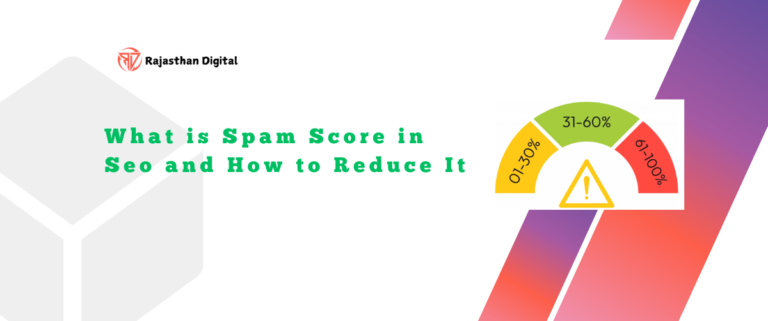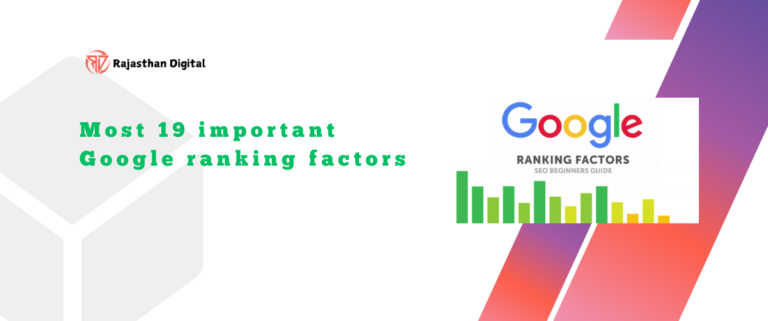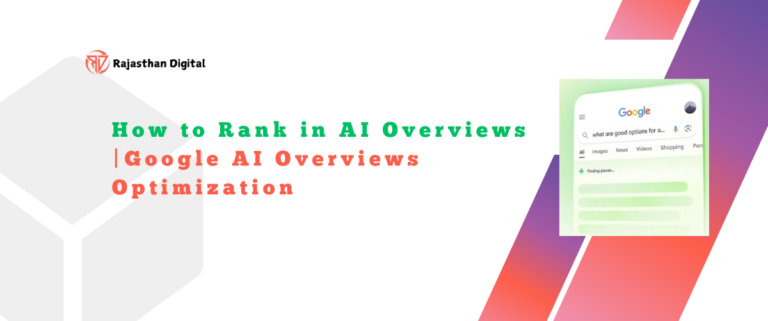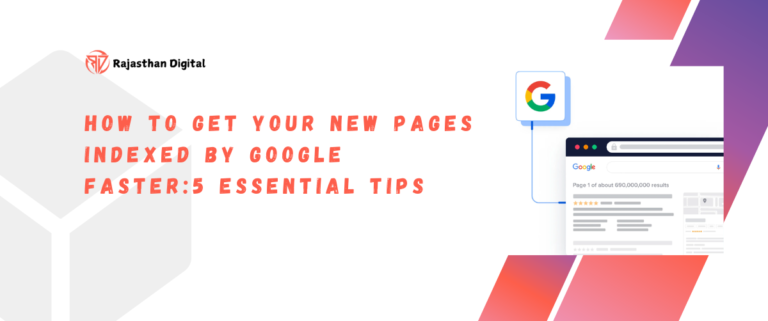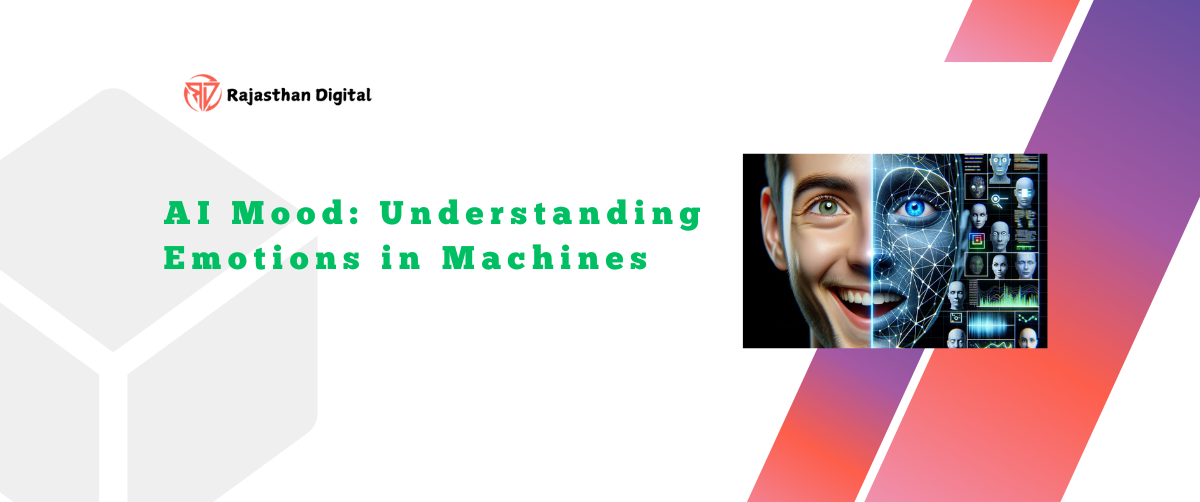Have you ever wondered if a machine could understand how you feel? Or if your smartphone, computer, or robot assistant could sense when you’re sad, happy, or frustrated? That’s where the idea of “AI Mood” comes into play.
Artificial intelligence (AI) does not have feelings like humans. However, it can now notice, understand, and respond to our emotions. Let’s explore what AI Mood means, how it works, and why it is changing the tech world.
What Is AI Mood?
“AI Mood” refers to the ability of artificial intelligence systems to recognize and respond to human emotions. It uses advanced tools such as facial recognition, voice analysis, and natural language processing (NLP). These tools help understand how a person may feel at a certain moment.
Think of it as emotional intelligence for machines.
AI Mood doesn’t mean the AI feels emotions. Instead, it means the AI can:
- Detect emotions in others (like humans).
- Adjust its behavior or responses based on emotional input.
- Offer more personalized and empathetic interactions.
How Does AI Understand Mood?
Understanding emotions is complex, even for humans. But for AI, the process relies on patterns, data, and signals. Here are a few common ways AI recognizes mood:
1. Facial Expression Analysis
AI can analyze facial movements using cameras and image recognition software. The AI can predict a person’s feelings by looking at their eyebrows, mouth, eyes, and expressions. It can tell if someone is happy, angry, surprised, or sad.
2. Voice and Tone Recognition
The way we speak says a lot about how we feel. AI systems can analyze tone, pitch, volume, and speed of speech to understand the speaker’s emotional state. For example, a shaky or soft voice may indicate sadness, while a louder tone might show excitement or anger.
3. Text and Language Processing
Through Natural Language Processing (NLP), AI can analyze written or spoken words to detect emotions. For example, if someone types “I’m feeling really low today,” the AI might detect sadness. This is common in chatbots or virtual assistants.
4. Body Language Detection
Some advanced AI systems use sensors or cameras to track body movements and gestures, like crossed arms or pacing, to interpret mood.
5. Biometric Data
In some cases, wearables like smartwatches can measure heart rate, temperature, or skin responses. AI can analyze this data to predict whether the person feels stressed, relaxed, or anxious.
Real-World Uses of AI Mood
The idea of AI Mood might sound futuristic, but it’s already being used in different industries today:
1. Customer Support
AI-powered chatbots and virtual assistants are trained to recognize frustration or confusion in customers. If a customer seems upset, the bot may offer quicker solutions or transfer them to a human agent.
2. Mental Health
Apps are being developed to detect signs of depression or anxiety based on how users speak or write. These tools can suggest mindfulness exercises or connect users to therapists.
3. Education
AI systems in online learning platforms can monitor students’ emotions during lessons. If a student seems bored or confused, the system might adjust the difficulty or explain in a new way.
4. Entertainment and Marketing
Streaming platforms like Netflix or YouTube can use emotional analysis to recommend shows that match your mood. Advertisers also use mood data to create more engaging and relevant content.
5. Cars and Safety
Modern cars are being equipped with AI that can detect if a driver is drowsy or angry. The system might alert the driver, suggest taking a break, or even slow the vehicle for safety.
Benefits of AI Mood
- Personalized Experiences: AI can tailor services based on your mood, making interactions more enjoyable and effective.
- Improved Mental Health Monitoring: Early detection of mood disorders or emotional stress can lead to faster support.
- Enhanced Customer Satisfaction: AI mood systems help businesses understand their users better and solve problems faster.
- Better Human-AI Relationships: Emotional understanding makes AI feel more relatable and human-like.
Challenges and Concerns
While AI Mood sounds exciting, it comes with challenges:
1. Privacy
Collecting emotional data through cameras, microphones, and sensors can raise serious privacy concerns. Who owns the data? How is it stored or used?
2. Accuracy
Emotions are complex and vary from person to person. AI might misread moods, especially in cross-cultural or non-verbal situations.
3. Lack of Real Empathy
Even if AI can mimic empathy, it doesn’t truly feel emotions. That means it might not always respond with the depth or understanding that a human would.
4. Ethical Concerns
Using emotional data for profit or manipulation (e.g., in ads or politics) raises ethical questions. Where should we draw the line?
The Future of AI Mood
The future of AI Mood is promising. With better AI algorithms, emotional databases, and machine learning, AI will understand our feelings even more. Some experts predict we’ll have emotionally aware robots that can act as companions, teachers, or caregivers.
However, it’s important to develop these technologies responsibly, with a focus on user consent, transparency, and emotional safety.
Final Thoughts
AI Mood is a fascinating step forward in human-machine interaction. While machines may not cry, laugh, or feel like we do, they’re getting better at reading our emotions and responding in helpful ways.
AI Mood is changing how we connect with technology. It includes chatbots that listen, cars that sense stress, and health apps that offer support during tough times.
As long as we think about privacy and ethics, AI’s emotional intelligence could help create a future. In this future, machines will not only serve us but also understand us.


